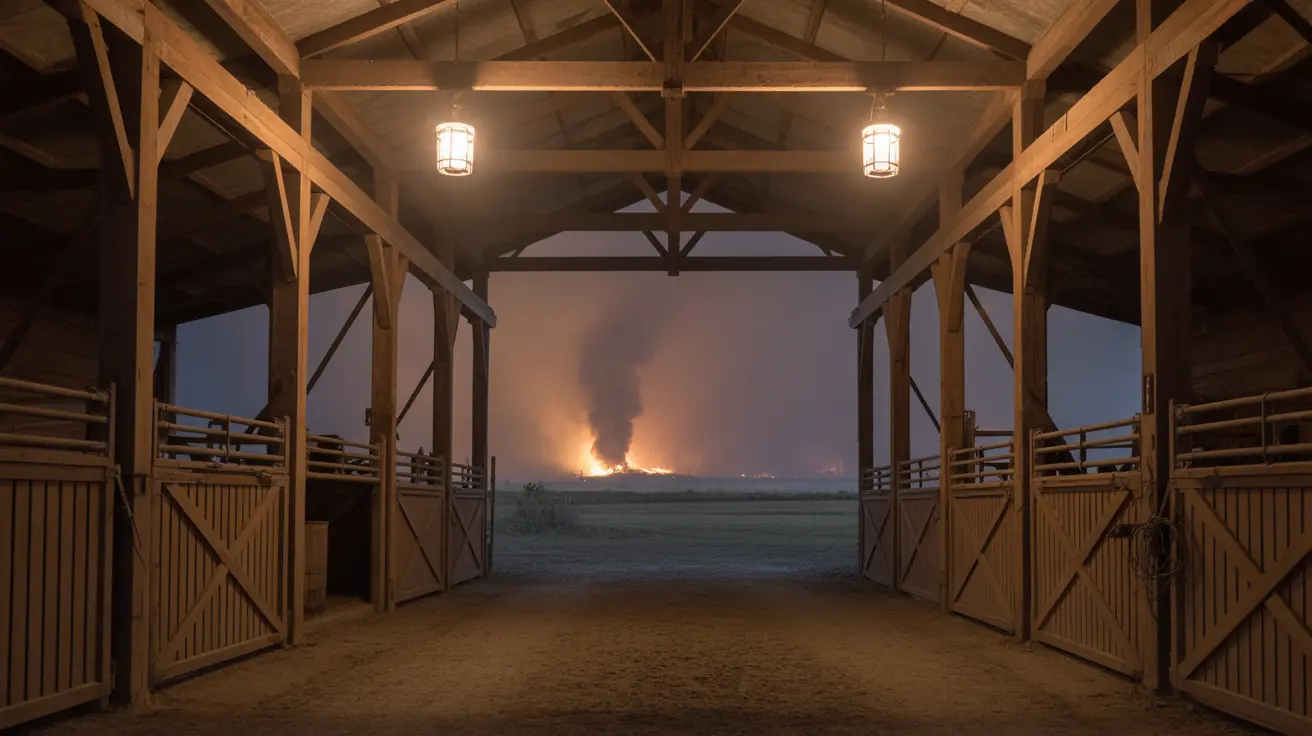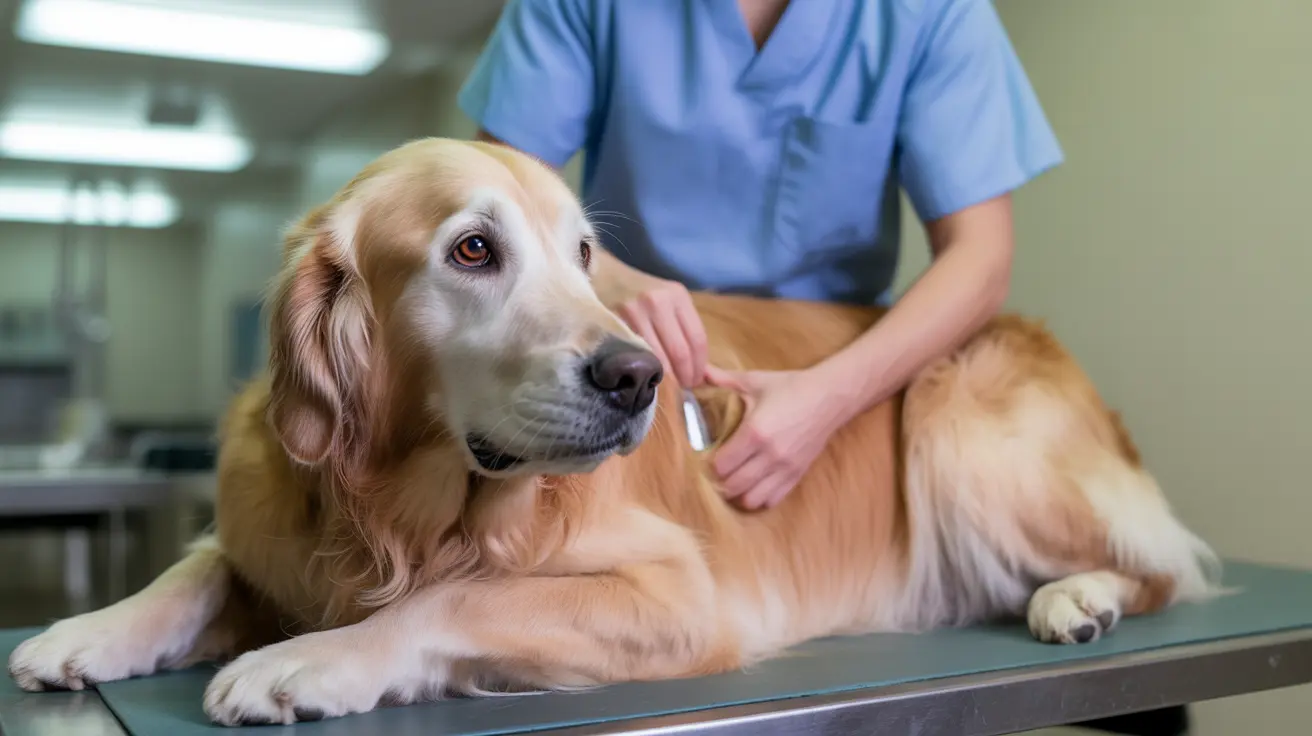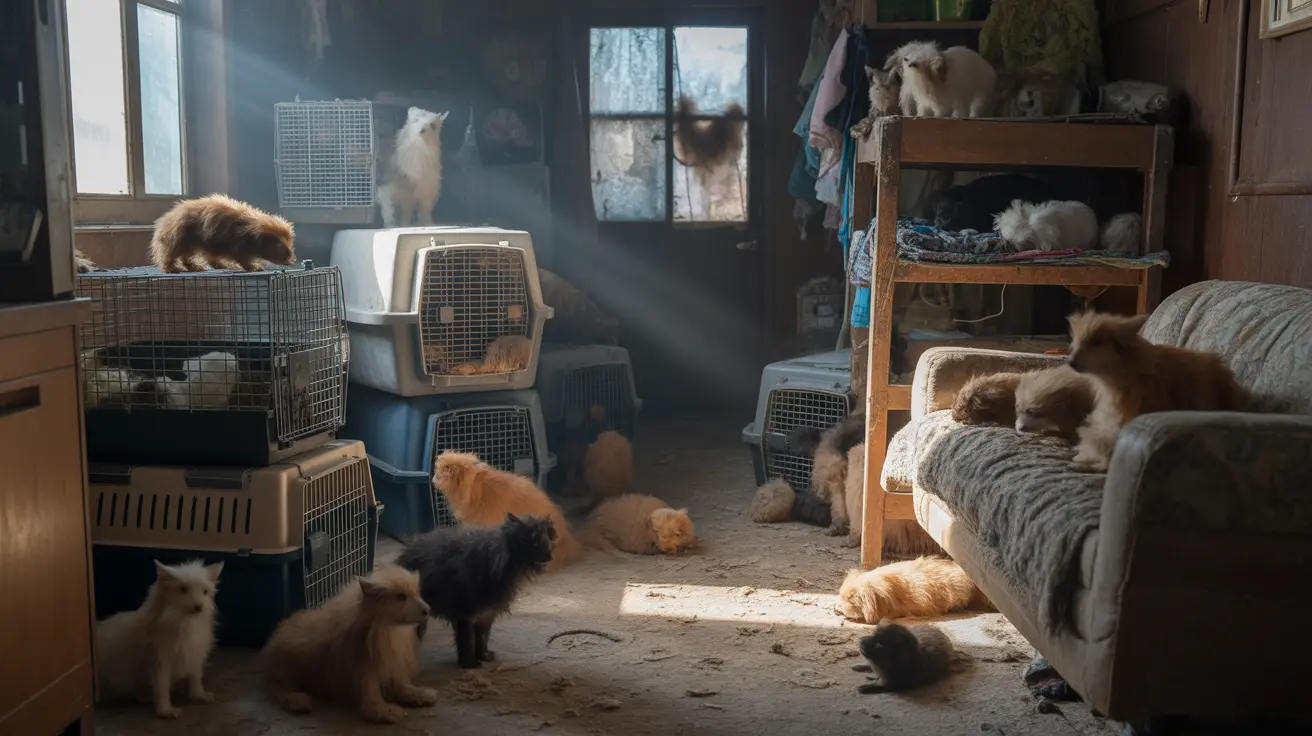As winter temperatures drop across the United States, the increased use of heating systems and stored combustible materials creates heightened fire risks for barn owners and livestock managers. Barn fire prevention becomes critically important during these colder months, when the combination of dry hay storage, electrical heating equipment, and potentially compromised ventilation systems can create dangerous conditions for both animals and property.
Understanding proper fire safety measures and developing comprehensive emergency protocols can mean the difference between a manageable situation and a devastating loss of animal lives and property. Every barn owner, whether managing horses, cattle, or other livestock, must prioritize winter barn fire safety to protect their animals and investments.
Understanding Winter Fire Risks in Agricultural Buildings
Winter conditions create unique fire hazards in barn environments. Cold weather often leads to increased use of portable heaters, heat lamps, and other electrical equipment that can malfunction or overheat. Additionally, the accumulation of dry bedding materials and stored feed creates abundant fuel sources that can ignite rapidly and spread quickly through wooden structures.
Poor ventilation during winter months, as barn owners seal buildings to retain heat, can also contribute to the buildup of flammable gases and reduce oxygen flow that might otherwise help prevent fires from spreading. These seasonal factors make comprehensive fire prevention strategies essential for responsible animal care.
Livestock Barn Fire Evacuation Planning
Developing a detailed evacuation plan is crucial for any facility housing animals. Your emergency plan for barn fire situations should include clearly marked exit routes, designated meeting points for evacuated animals, and assigned responsibilities for all farm personnel. Practice evacuation procedures regularly, as animals may panic during actual emergencies and require calm, confident handling.
Consider the specific needs of different animal types when planning evacuations. Horses may require halters and lead ropes positioned near stalls, while cattle might need different handling equipment. Ensure all gates and barriers can be quickly opened, and maintain clear pathways free of equipment or debris that could impede rapid animal movement.
Essential Barn Fire Safety Equipment
Strategic placement of fire detection systems and suppression equipment throughout your barn can provide crucial early warning and response capabilities. Install smoke detectors in all areas where animals are housed, as well as in feed storage and equipment areas. Consider heat-activated systems that can function even when smoke detectors might be compromised by dust or humidity.
Proper barn fire extinguisher placement requires positioning units at all entrances, near electrical panels, and in areas where flammable materials are stored. Choose extinguishers appropriate for the types of fires most likely to occur in your specific barn environment, including electrical fires and those involving organic materials like hay and bedding.
Preventing Barn Fires with Proper Hay Storage
Hay and straw storage represents one of the most significant fire risks in agricultural buildings. Store these materials in well-ventilated areas, away from heat sources and electrical equipment. Ensure hay is properly cured before storage, as improperly dried hay can generate heat through decomposition and spontaneously combust.
Create separation between stored feed and animal housing areas whenever possible. Use fire-resistant barriers or store hay in separate buildings to prevent fires from spreading rapidly to areas where animals are located. Regular monitoring of stored hay temperatures can help identify potential combustion risks before they become dangerous.
Lightning Protection and Electrical Safety
Install proper lightning protection systems on all barn structures, including grounding rods and conductor systems that safely direct electrical charges away from the building. Regular electrical system inspections can identify worn wiring, overloaded circuits, or damaged equipment that could spark fires.
Ensure all electrical installations meet agricultural building codes and are performed by qualified professionals familiar with barn environments. Consider installing ground fault circuit interrupters (GFCIs) in areas where moisture might be present, and avoid using extension cords as permanent solutions for electrical needs.
Animal Care After Barn Fire Incidents
Following any fire emergency, animals require careful monitoring for smoke inhalation, burns, or stress-related conditions. Even animals successfully evacuated may experience respiratory distress from smoke exposure or injuries sustained during evacuation. Contact veterinary professionals immediately to assess animal health and provide appropriate treatment.
Temporary housing arrangements should be prepared in advance as part of your emergency planning. Identify alternative facilities or arrangements where animals can be safely housed while barn repairs are completed or permanent relocations are arranged.
Frequently Asked Questions
How can I prevent barn fires during the winter months?
Focus on proper electrical system maintenance, safe hay storage practices, strategic placement of heating equipment away from combustible materials, and regular inspection of all fire safety equipment. Ensure adequate ventilation while maintaining warmth, and never use unapproved heating devices in barn environments.
What should I do if my barn catches fire and I need to evacuate animals?
Immediately call emergency services, then begin systematic animal evacuation following your predetermined emergency plan. Move animals to designated safe areas away from the building, account for all livestock, and do not re-enter the building once evacuated. Have halters, lead ropes, and handling equipment readily accessible for quick animal control.
Where should I store hay and straw to reduce fire risk in my barn?
Store hay and straw in well-ventilated areas away from electrical equipment, heat sources, and animal housing areas. Use separate storage buildings when possible, ensure materials are properly cured before storage, and create fire-resistant barriers between storage and animal areas. Monitor stored hay temperatures regularly to detect potential spontaneous combustion risks.
What fire safety equipment is essential for a livestock barn?
Install smoke and heat detectors throughout the facility, place appropriate fire extinguishers near all entrances and high-risk areas, ensure adequate water supply for firefighting efforts, and maintain clear evacuation routes. Consider automatic sprinkler systems for high-value facilities and ensure all equipment is regularly tested and maintained.
How do I care for animals after a barn fire evacuation?
Immediately contact veterinary professionals to assess animals for smoke inhalation, burns, and stress-related conditions. Provide temporary shelter arrangements, monitor animals closely for delayed symptoms, and document any injuries for insurance purposes. Ensure animals have access to clean water and appropriate feed while arrangements are made for permanent housing solutions.





